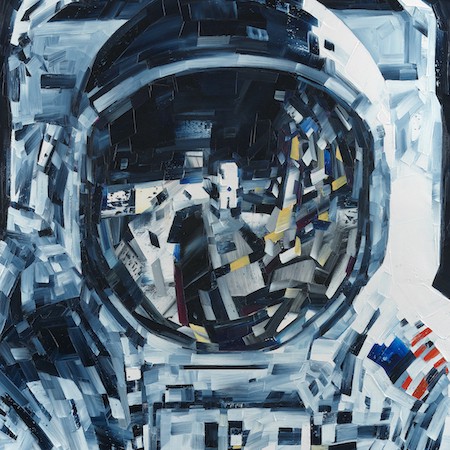Introduction
Non-fungible tokens (NFTs) are digital or physical assets that have their record of ownership stored in a blockchain. Rather than think of NFTs as things themselves, they are a way of recording who owns the particular item in question. The properties of the blockchain make NFTs near-impossible to falsify. Their metadata is stored in a publically viewable record which cannot be changed, only added to. As such, NFTs present a unique set of benefits in a wide range of use cases. From digital trading cards and concert tickets to fractionally owned real estate or decentralized loans, NFTs can be created and deployed in a variety of forms. Given their broad application, NFTs can be hard to pin down and may seem confusing. However, for the same reason, they are experiencing widespread adoption across a range of industries and are placed to be a defining technology of the future.
What Are NFTs?
To understand NFTs we must first understand what non-fungibility means and how blockchain technology supports it. Fungibility is an economic concept of being able to exchange objects with identical properties. For example, a dollar bill is fungible in that it can be exchanged for another dollar bill without either party in the exchange losing or gaining anything by doing so. A trading card, on the other hand, is non-fungible because it has a unique set of properties that make it different from another card. Even if there are two copies of the same trading card, they still have properties that differentiate them, such as their physical condition or number within a limited edition (e.g. copy 33 of 50).
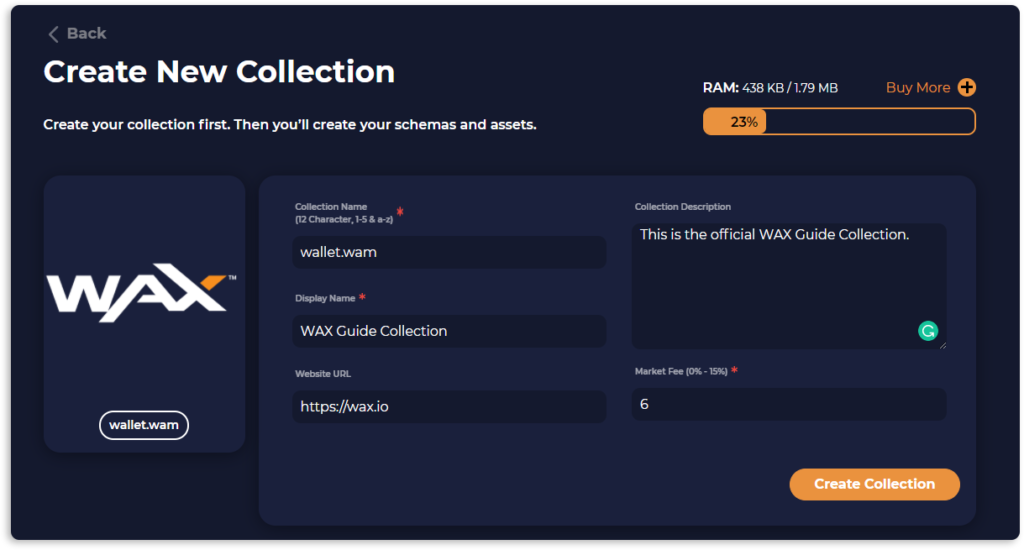
The blockchain supports both fungible and non-fungible tokens. For a while, fungible tokens were dominant in the blockchain world as the most common use case of its technology are cryptocurrencies. A WAX token, for example, is fungible insofar as it is equivalent to any other WAX token (1 WAX = 1 WAX). However, the invention of NFTs has changed this. Unlike cryptocurrencies, NFTs have distinguishing properties that make them unique, allowing for exciting and powerful applications. The old model on the blockchain only recorded the transfer of currencies between accounts. The new smart contracts which NFTs are based on allows multiple pieces of metadata to be stored in the ledger. This metadata can then be viewed by anyone, for example through their WAX wallet. The metadata can include who created the NFT, who owns it, an identifying number (similar to the trading card example), and a range of other details. From a user’s perspective, much of this metadata remains under the hood. At first glance, we see the same kinds of properties we’re used to from a JPEG, MP3, property deed, or painting. However, beneath the surface, an array of metadata is attached and updated anytime the NFT is sold or traded.
Why Do NFTs Exist?
NFTs provide new ways to create and share value across the internet, as well as providing solutions to historical problems surrounding property rights and ownership.
NFTs initially gained traction in the gaming community. Developers utilized the technology to tokenize in-game items. Players could create, buy, and sell unique NFTs within a game’s universe—from a sword to a playable character—creating value through their participation. These items would then be funneled through the game, or taken out and traded elsewhere on other blockchain-based platforms.
Where NFTs have attracted the most attention is in entertainment and the arts. NFTs provide a means by which artists and creators can bake their ownership rights into a creative asset – from a song to a GIF – such that, regardless of how many times it’s copied, duplicated, or pasted around the internet, the record of their ownership is untouched. In the current model, anyone who creates and uploads a photograph to social media supports the revenue streams of that platform by providing the company with free content. The person doing so may gain exposure through doing so, but it’s hard to monetize this without resorting to just becoming a vehicle for advertising.

The question many people have is why they would choose to own an NFT if in so many cases they can simply copy-and-paste it into existence. The truth is, NFTs come in all shapes and sizes, and some are less affected by the ‘copy-and-paste’ question than others. For example, an NFT can act much like a ticket to a concert. Each one has an ID number much like a barcode, so even if someone ‘scans’ your ticket, if they’re not able to prove they’re the owner, the copy is useless. In this case, NFTs provide exclusive access to something.
However, when an NFT is able to be ‘copied and pasted’ without affecting its perceptible value (e.g. sharing an MP3 with your friend), the concept of ownership is a little abstract. In this case, the value of owning an NFT is emotional. You could download the track for free, or you could support the creator to keep doing whatever made you want the artwork in the first place. In turn, the nature of the smart contracts which NFTs are built on can be set up in such a way that the original creator can earn a percentage of future sales. For these reasons, NFTs present a new revenue stream for artists by cultivating a new concept and value of ownership.

NFTs also present innovative approaches to finance and real estate. Due to their ability to securely record information about asset ownership, NFTs can play a role in decentralized finance, for example by acting as collateral in a loan. Respectively, they can be used to record and exchange property deeds.
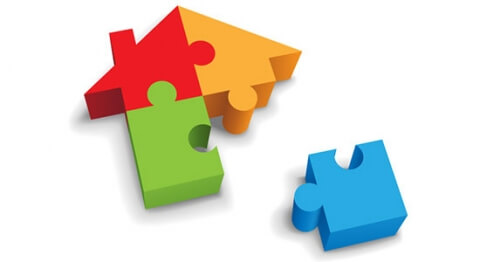
NFTs also lend themselves to identification management. Some have compared NFTs to a kind of digital passport. Precisely for the ease with which they can be viewed, and the barriers they present to being tampered with or hacked, NFTs could indeed replace the need for physical passports, streamlining border crossing at ports of entry. What’s more, the nature of blockchain would mean this information remained decentralized, rather than being controlled or used for nefarious means by powerful centralized governments or corporations.
What Are NFTs Used For?
To help illustrate the value of NFTs, let’s review a few examples of how they’ve been used. We’re going to focus on use cases that originated in the WAX universe.
Shatner’s Classic Photos Digital Trading Cards
Canadian actor William Shatner is best known for his portrayal of Captain Kirk in the Star Trek franchise. Boldly going where no man had gone before him, he was the first to launch a hugely successful NFT trading card series, turning classic photographs from his life’s rich past into digital collectables. A single card recently sold for $6,800.
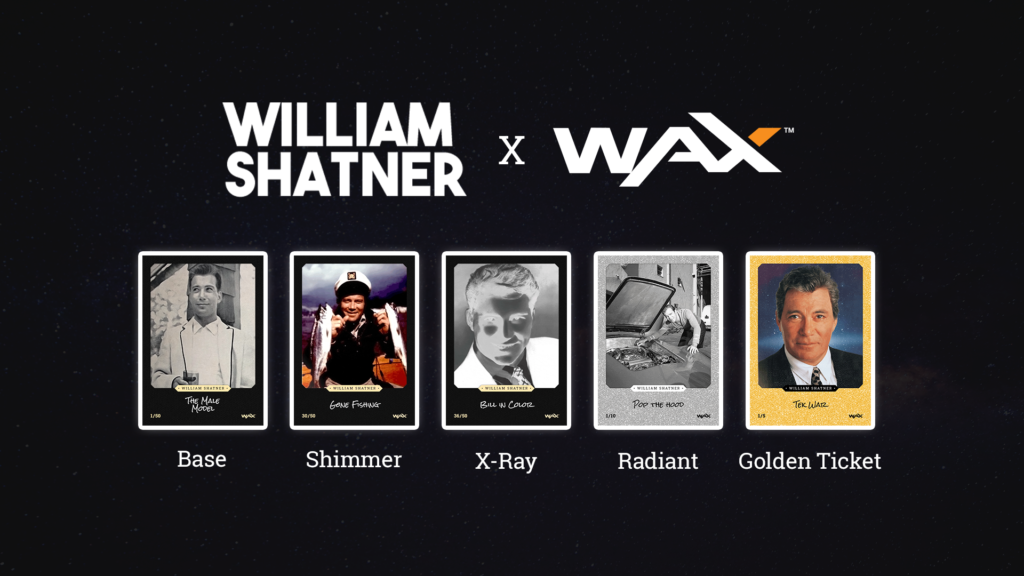
Kings of Leon’s Album Launch
Southern rockers Kings of Leon broke album launch tradition by introducing their latest record into the world via an NFT auction. Fans were invited to bid on digital renditions of the album artwork and be entered into an NFT raffle for the chance to win front-row seats at every future tour. The project generated over $2m in a matter of days.
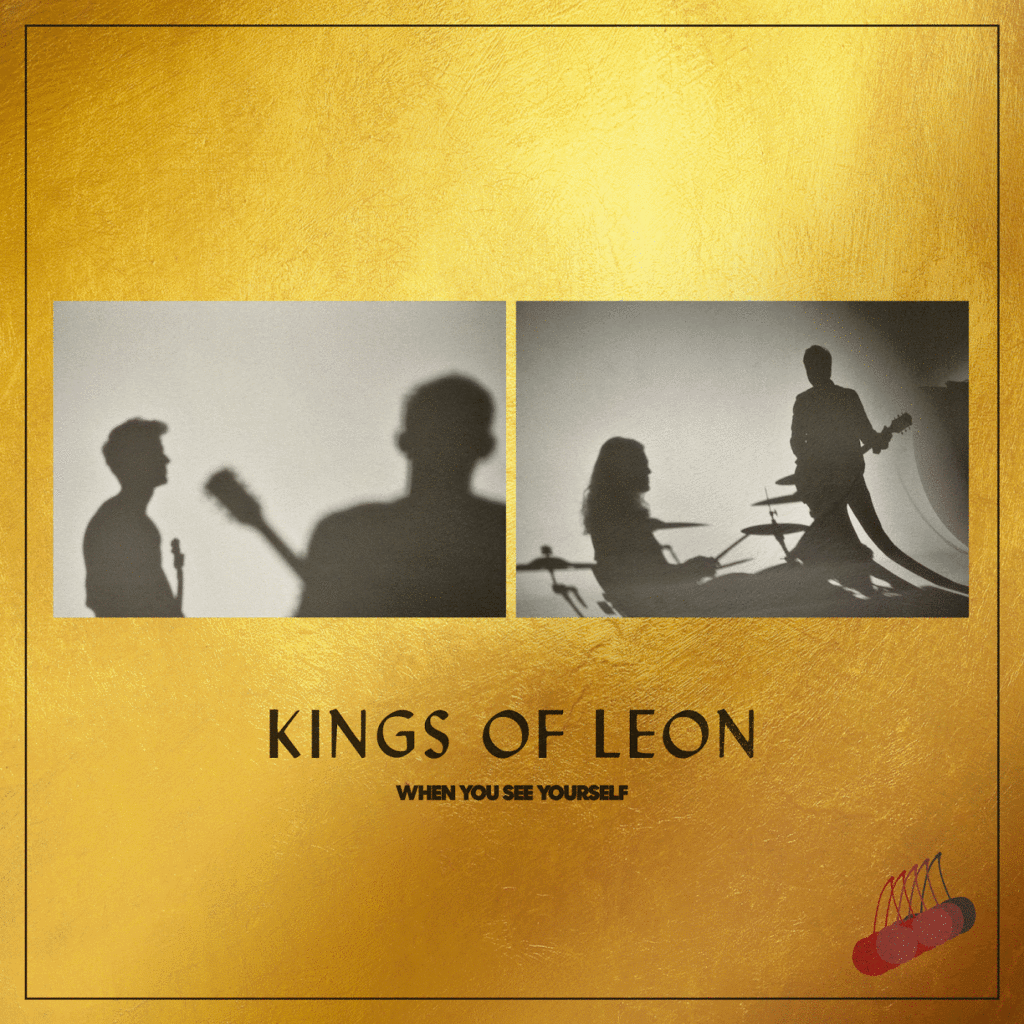
NBA Video Highlights Collectables
The NBA has innovated on Shatner’s model one step further by transforming video highlights from classic NBA games into digital collectables. By turning these moments of basketball history into internet history, their venture has already seen a whopping $500m in sales and trades as of February 2021.
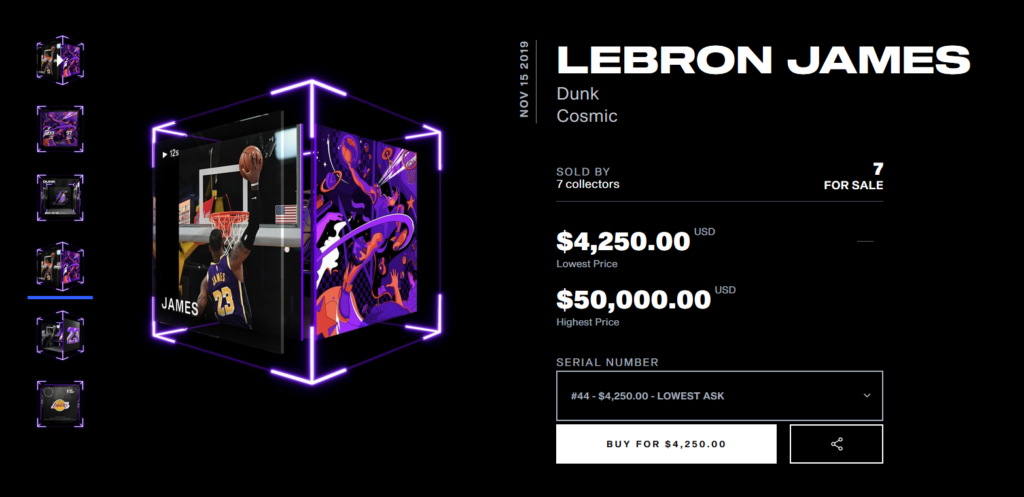
Michael Kagan’s Digitised Paintings
Michael Kagan is one artist who’s defied the borders between the physical and digital by transforming his stunning paintings into digitized NFT form. Doing so, he’s joined a host of artists working in physical mediums who are reimagining how their work can be shared and sold all over the world, without even having to part with the original physical version.
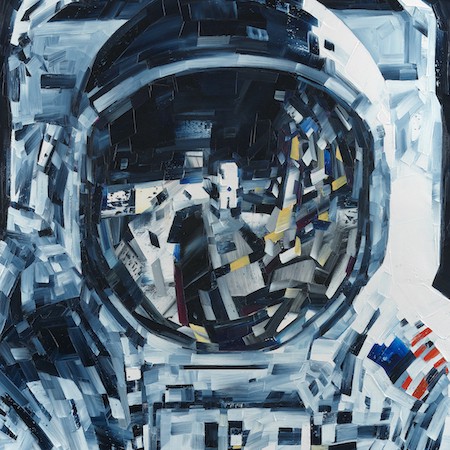
NFTs and DeFi
Companies like NFTFi allow users to deposit NFTs as collateral for a crypto-based loan. Niftex enables fractional ownership of NFTs, with features to allow creators to earn royalties on trades of fractions, and a decentralized governance model for the fraction holders. Charged Particles is a protocol that permits users to wrap NFTs in a range of ERC 20 tokens. This is particularly interesting as it involves the transformation of a non-fungible token into a fungible token, a reversal of the direction NFTs arrived in.

The use cases are potentially infinite.
How Do I Get Involved?
WAX is many platforms where NFTs can be made, sold, traded, and viewed. You can find a more in-depth, start-to-finish, article here to find out how to create an NFT step-by-step. For now, we’re just going to touch on the basics.
An NFT is created, or ‘minted’ / ‘tokenized’, by being recorded on the blockchain. The process of doing this requires you to have an account on WAX or a similar platform. Making and maintaining an NFT on the blockchain requires processing power, what is sometimes referred to as ‘gas’ – the fuel that keeps everything running. As such, you can expect to pay ‘gas fees’, which in the case of WAX are WAX tokens. WAX tokens are also required to open a WAX account, which you can read about here. Once the NFT has been made, it can be found in your crypto wallet, where it remains until you decide to sell or trade it. Should you do so, the NFT is transferred to the new owner’s wallet, updating the metadata in the NFT to reflect its new status whilst retaining the data that informs us who created it. Should the new owner sell the NFT to someone else again, a percentage of the sale can be funneled back to the original creator. Things to note are that NFTs do not always have to remain in the original marketplace in which they were sold. They can be transferred between secondary marketplaces or peer-to-peer directly between wallets.
Conclusion
So there you have it: NFTs 101. At their core, NFTs are a form of recording information on the blockchain and attaching it to certain objects—physical or digital. Doing so provides a transparent and secure means of attributing ownership without the obstacles presented by centralized exchanges, as well as ensuring creators are properly compensated for their work. Moreover, beyond their use in the arts and games, they also can support a range of other services, from finance to identification. If you would like to find out more about the different uses of NFTs or how to get involved, you can do so by clicking on the links below or joining our Discord server. There you’ll find a community of like-minded and curious NFT enthusiasts ready to guide you on your way through the new digital era of web 3.0.
‘How To Create Your Own NFTs’ – EOS Amsterdam
‘Complete Guide To NFT Drops On WAX’ – EOS Amsterdam
‘Different Kinds Of WAX Wallets And How They Work’ – EOS Amsterdam
‘How To Move Your WAX Account To Your Ledger’ – EOS Amsterdam
‘The Beginner’s Guide to NFTs (and how to get them on WAX)’ – WAX
‘How to launch an NFT Sale on WAX: A Complete Guide’ – WAX
‘WAX Tokenomics & DeFi is NOW LIVE! Here’s how to participate’ – WAX

